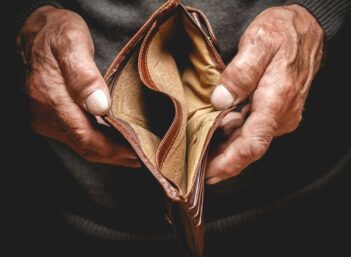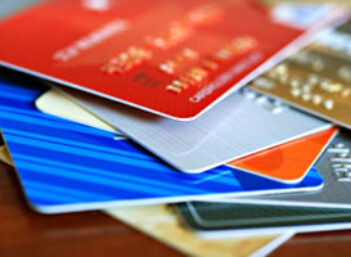What is a Bad Check?
A bad check is a check written on an account that doesn't have enough funds to cover the amount of the check.
How Does a Bad Check Work?
For example, let's assume that John has $1,000 in his checking account today. He goes to the mall and writes a check for $1,250 to a furniture store. Because there are insufficient funds to cover the amount of the check, John is writing a bad check.
When the furniture store attempts to deposit the check, its bank will present the check to John's bank for payment. John's bank will either pay the check (for example, if John has overdraft protection) or John's bank will 'bounce' the check back to the store's bank without payment. John's bank may even stamp the check itself with a large 'NSF' stamp that stands for 'nonsufficient funds.'
Typically, the store's bank will charge the furniture store a fee for presenting a bad check, and John's bank will charge John a fee for writing a bad check. The furniture store will likely pass its bank fee along to John when it tries to collect payment a second time.
Why Does a Bad Check Matter?
Most bad checks are simply mistakes, though they can be very expensive mistakes. The fees for bouncing checks can run in the hundreds or even thousands of dollars if the check writer is particularly disorganized. For this reason, it's important to have an overdraft line of credit or a second account from which a bank may draw if you are prone to writing bad checks.
In most states, writing a bad check is a misdemeanor offense, with the consequences getting harsher depending on the amount involved, the number of bad checks written and whether the transaction crossed state lines.



